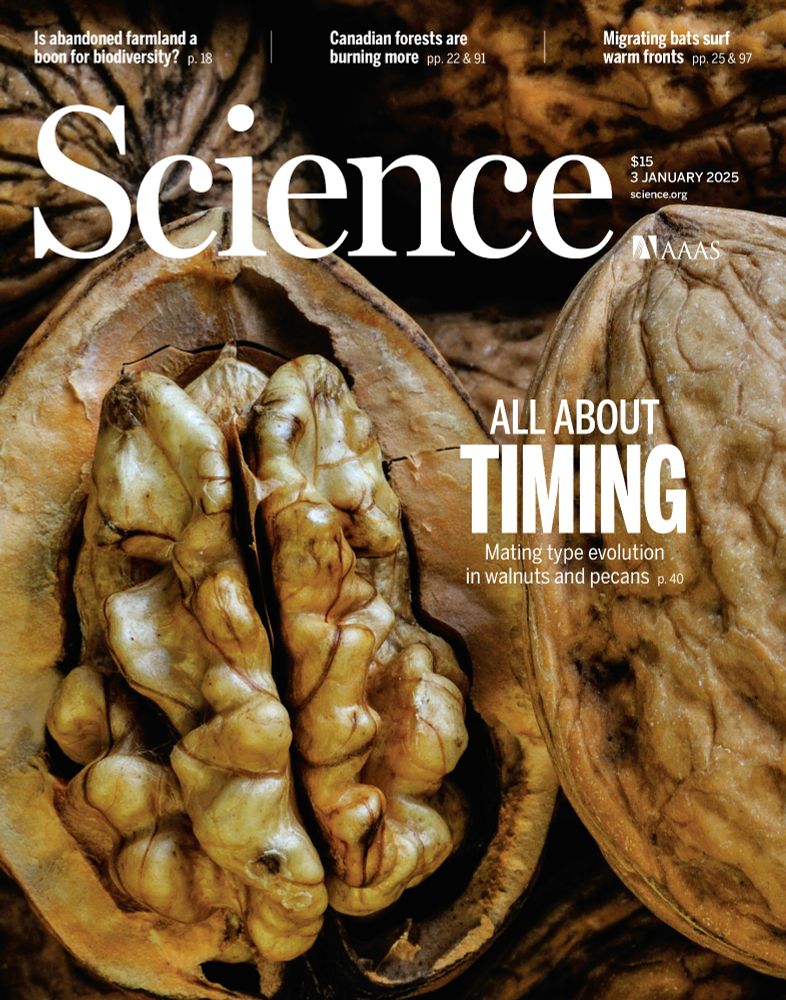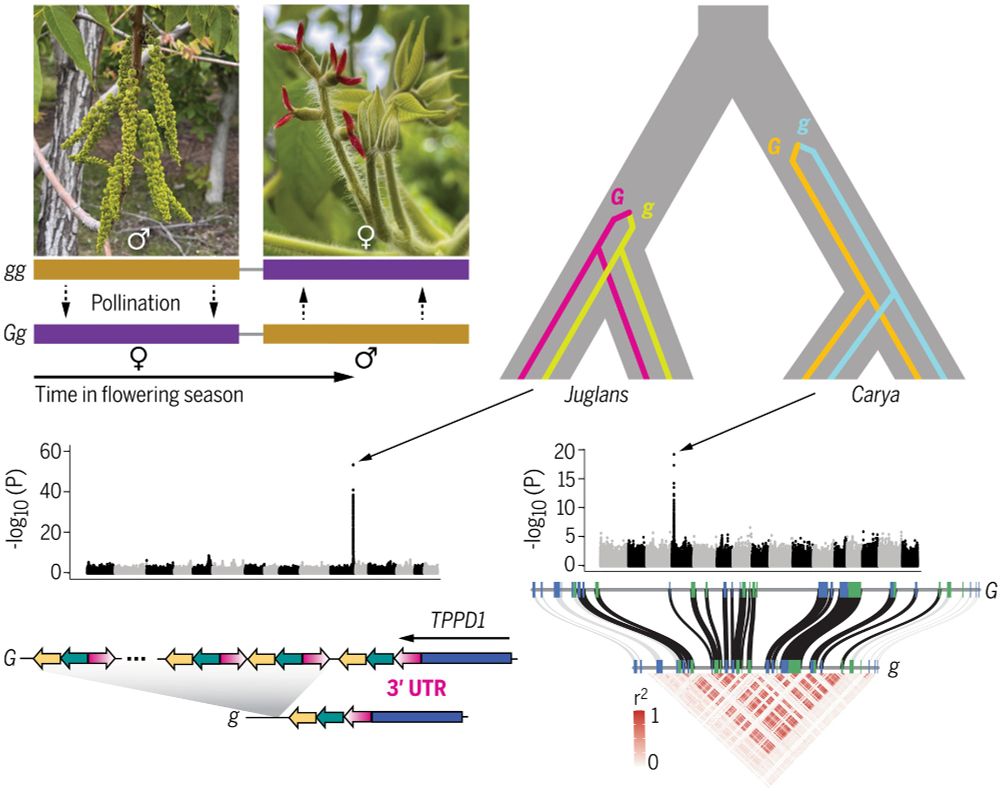Ben Moran
@ben-moran.bsky.social
120 followers
22 following
9 posts
Ph.D. candidate in Biology at Stanford University - speciation, conservation, and population genomics
Posts
Media
Videos
Starter Packs
Ben Moran
@ben-moran.bsky.social
· May 1
Ben Moran
@ben-moran.bsky.social
· May 1
Ben Moran
@ben-moran.bsky.social
· May 1
Ben Moran
@ben-moran.bsky.social
· May 1

Increased rates of hybridization in swordtail fish are associated with water pollution
Biodiversity loss can occur when disturbance compromises the reproductive barriers between species, causing them to collapse into a single population through hybridization. Recent research has documen...
www.biorxiv.org
Reposted by Ben Moran
Reposted by Ben Moran







